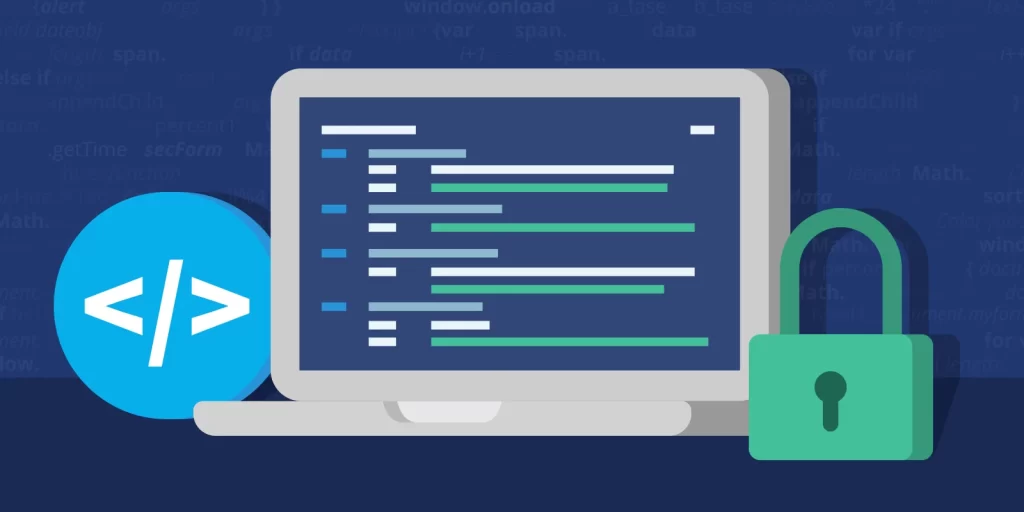
As cyber threats continue to evolve and become more sophisticated, secure coding practices have become an essential part of building and maintaining secure websites and applications. Secure coding involves writing software code that is designed to prevent security vulnerabilities and protect against cyber attacks. In this blog post, we’ll explore what secure coding is and why it’s so important for cybersecurity.
What is Secure Coding?
Secure coding is the process of writing software code in a way that minimizes the risk of security vulnerabilities. This involves following secure coding guidelines and best practices to ensure that the code is designed with security in mind from the outset. Secure coding practices cover a range of areas, including authentication, input validation, error handling, and access control.
Why is Secure Coding Important for Cybersecurity?
Secure coding is critical for cybersecurity because it helps to prevent cyber attacks and protect sensitive data. By building software applications and websites with security in mind, developers can reduce the risk of common vulnerabilities such as SQL injection, cross-site scripting, and buffer overflow attacks. These vulnerabilities can be exploited by hackers to gain unauthorized access to sensitive data, steal passwords, or install malware on users’ computers.
In addition to preventing cyber attacks, secure coding is also important for compliance. Many industries are subject to regulatory requirements around data privacy and security, and secure coding practices can help organizations to meet these requirements and avoid costly fines and legal issues.
Best Practices for Secure Coding
There are many best practices for secure coding, including the following:
- Use a secure development framework or platform that includes built-in security features.
- Validate all user input to prevent malicious code from being executed.
- Use secure authentication methods to prevent unauthorized access.
- Use encryption to protect sensitive data in transit and at rest.
- Implement access controls to limit user access to sensitive data and functions.
- Regularly test and scan for security vulnerabilities.
Conclusion
Secure coding is an essential part of building and maintaining secure websites and applications. By following secure coding best practices, developers can reduce the risk of security vulnerabilities and protect against cyber attacks. If you’re building a website or application, make sure to prioritize secure coding practices to keep your users and data safe.







